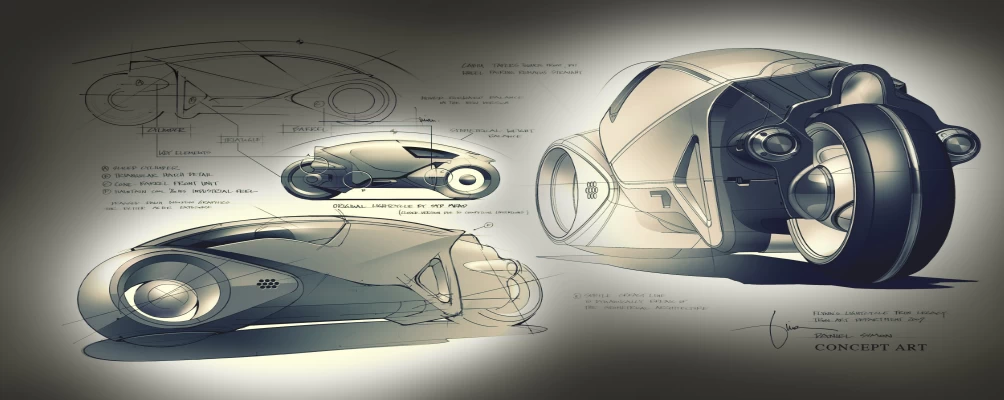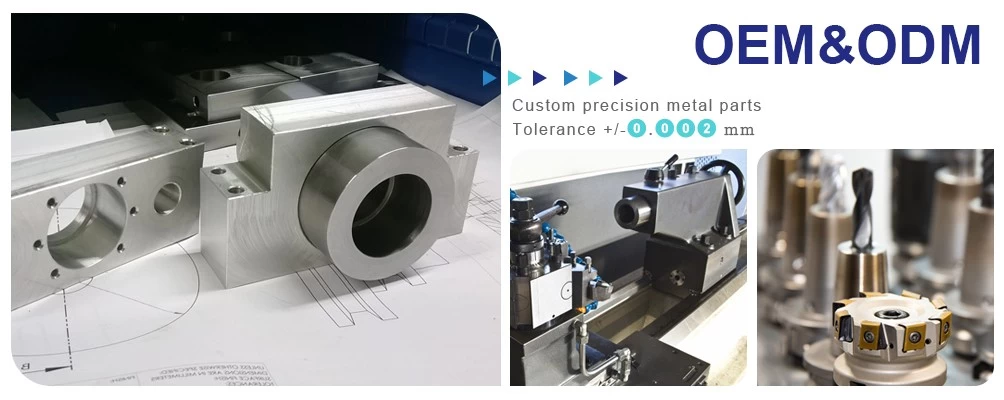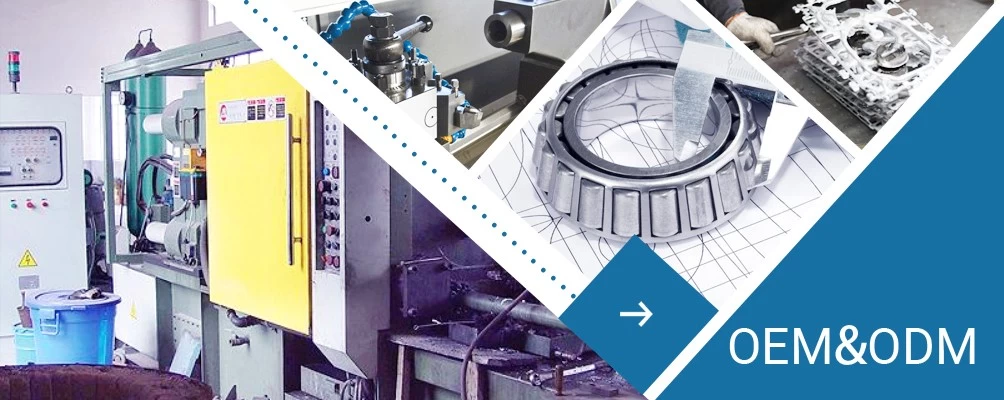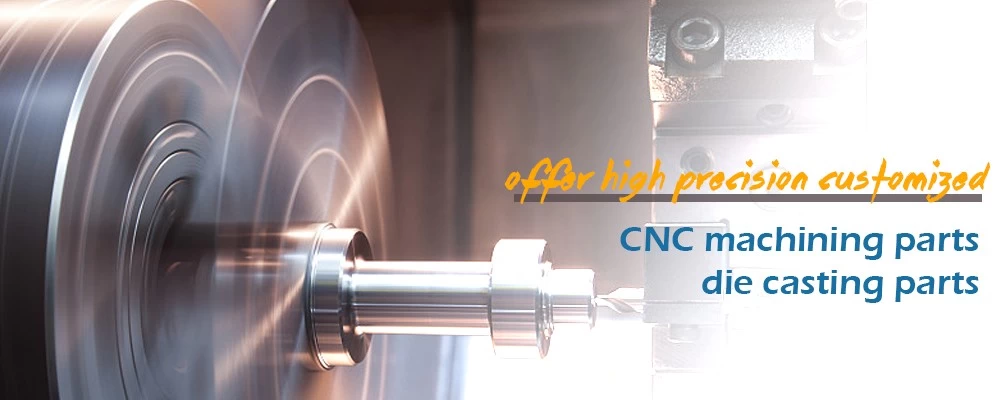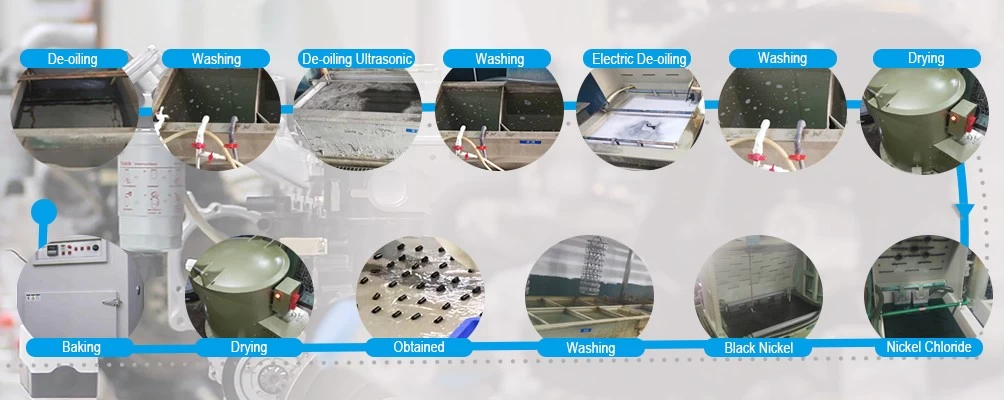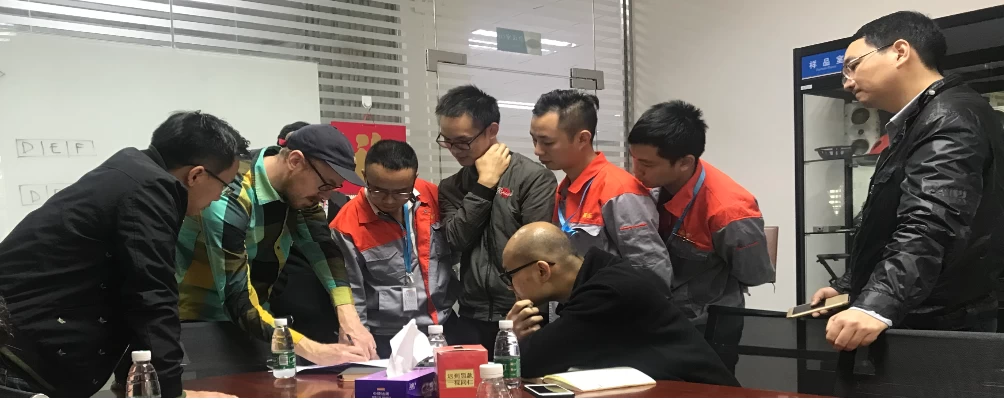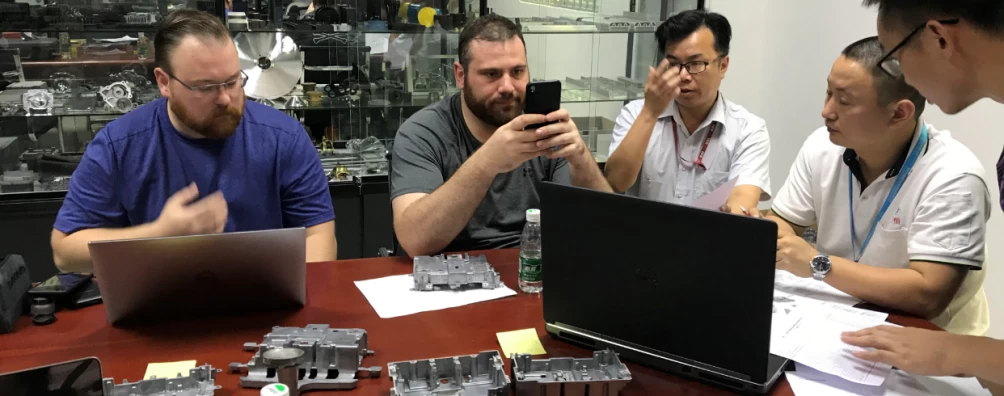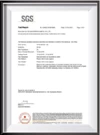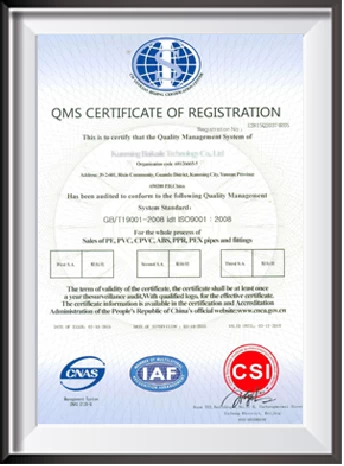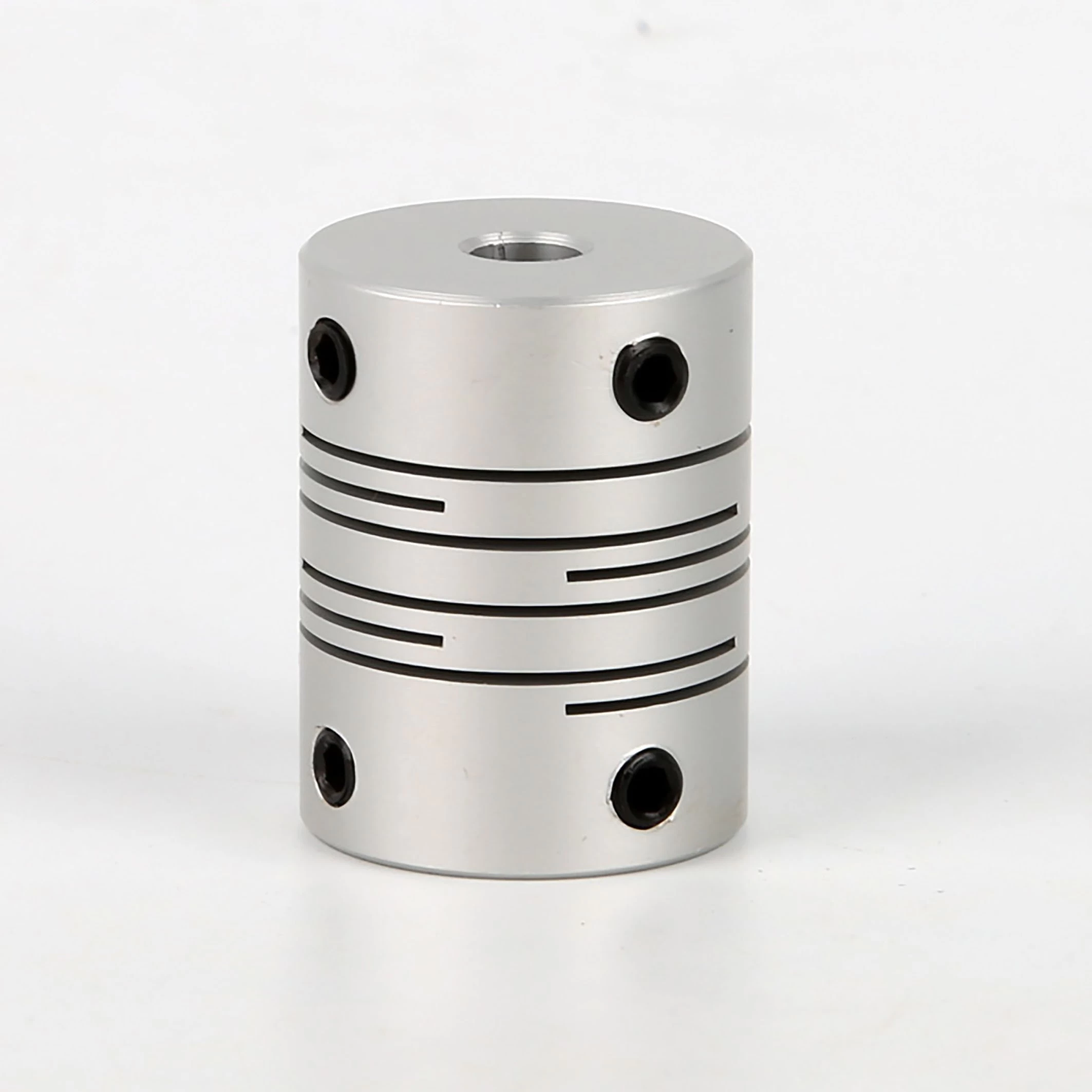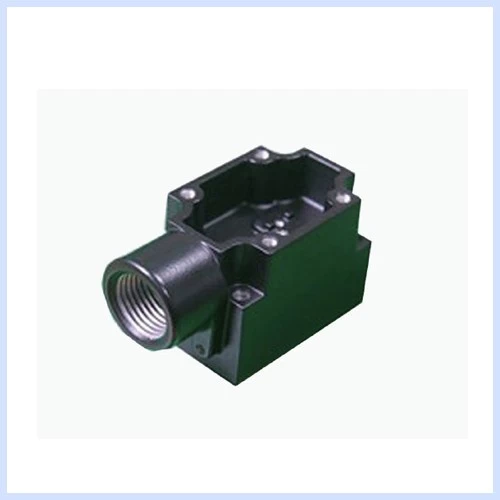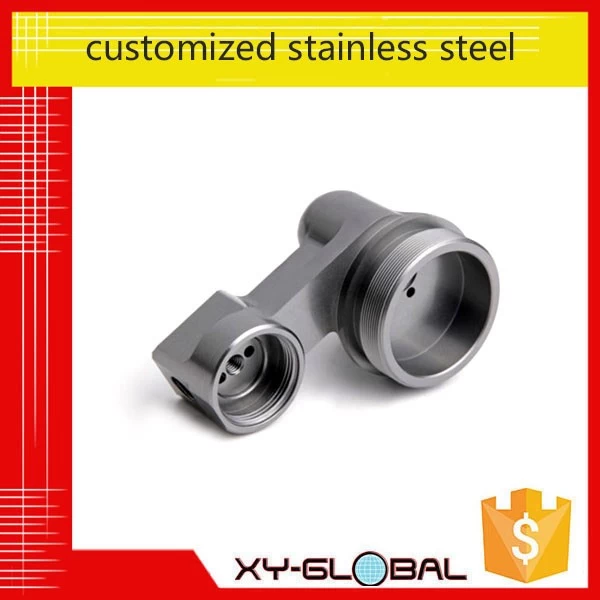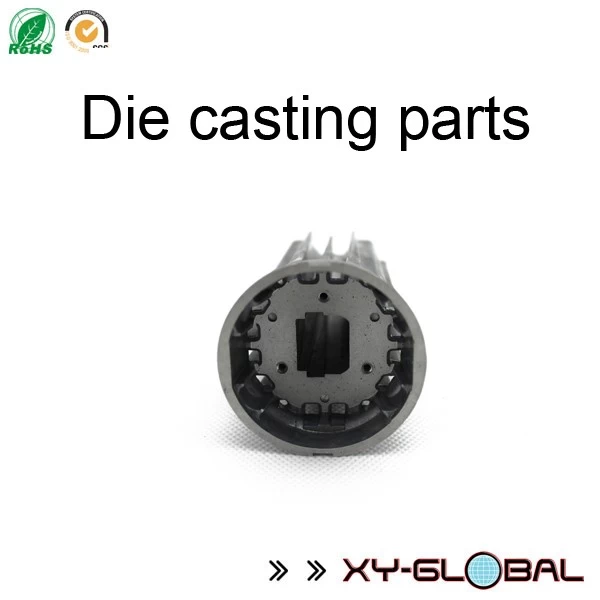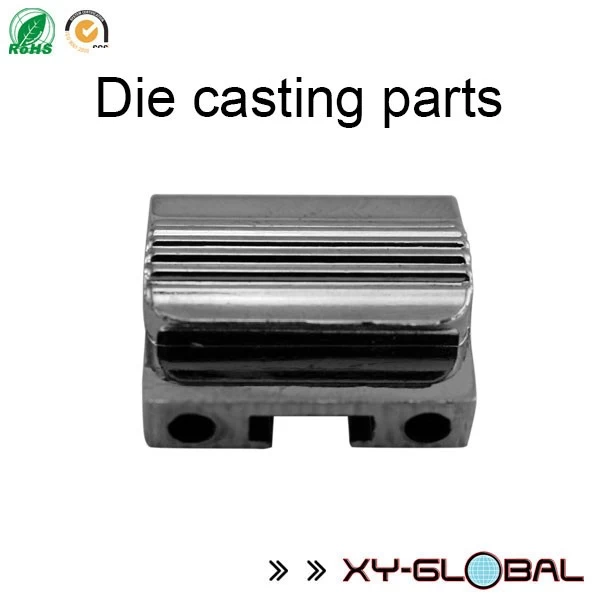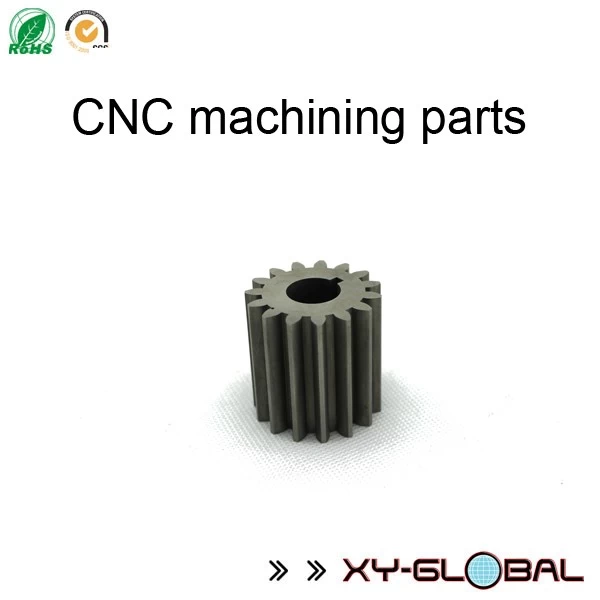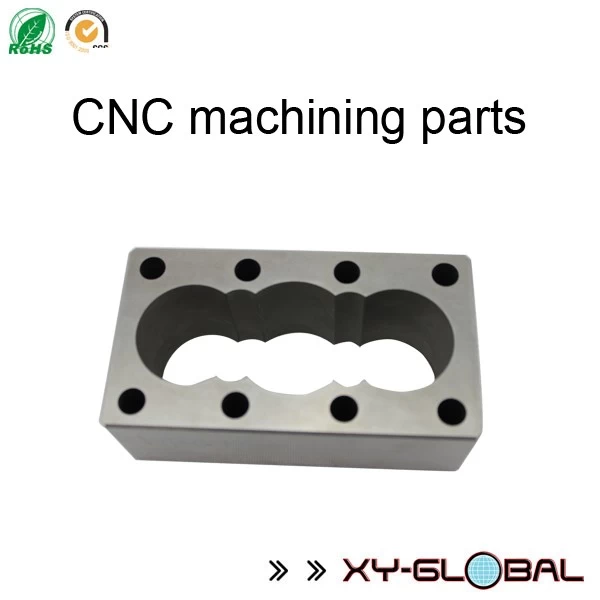the definition of lost wax casting
Coolidge
www.diecastingpartsupplier.com
2018-08-08 16:00:50

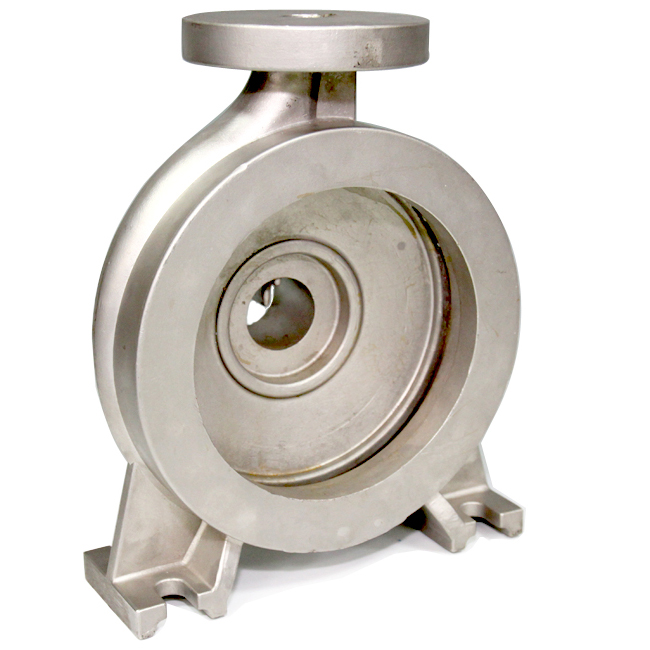
The oldest known examples of this technique is a wheel-shaped copper amulet discovered in Mehrgarh in southern Pakistan. Conservative estimates of the age from carbon-14 dating date the amulet to c. 4000 BC, making it 6000 year old.
[1][2]. Another example from a similar period are the 5700-year old objects found in southern Israel dating to the Chalcolithicperiod (4500-3500 BC).[3] Lost-wax casting was widespread in Europe until the 18th century, when a piece-moulding process came to predominate.
The steps used in casting small bronze sculptures are fairly standardized, though the process today varies from foundry to foundry. (In modern industrial use, the process is called investment casting.) Variations of the process include: "lost mould", which recognizes that materials other than wax can be used (such as: tallow, resin, tar, and textile);[4] and "waste wax process" (or "waste mould casting"), because the mould is destroyed to remove the cast item

